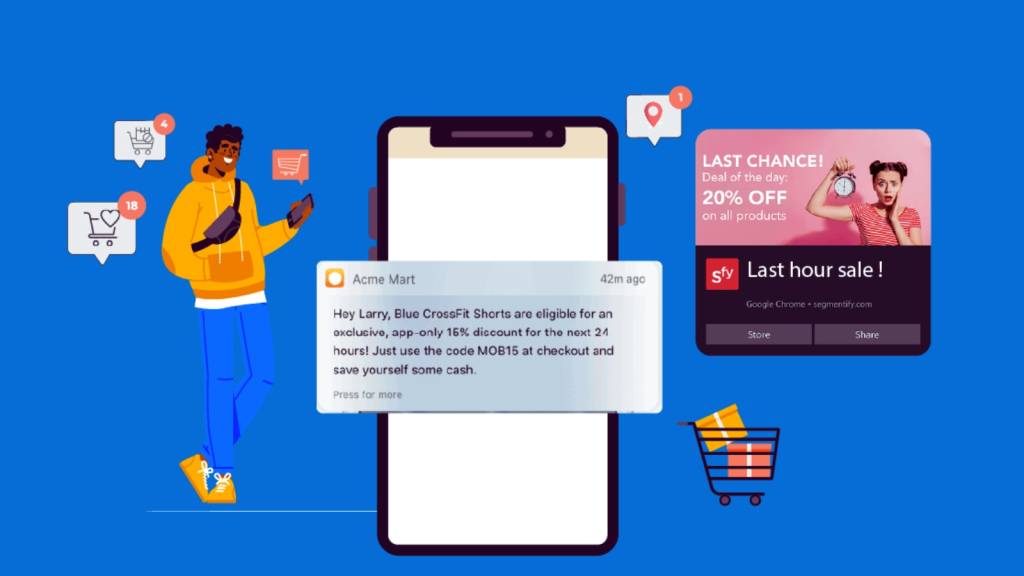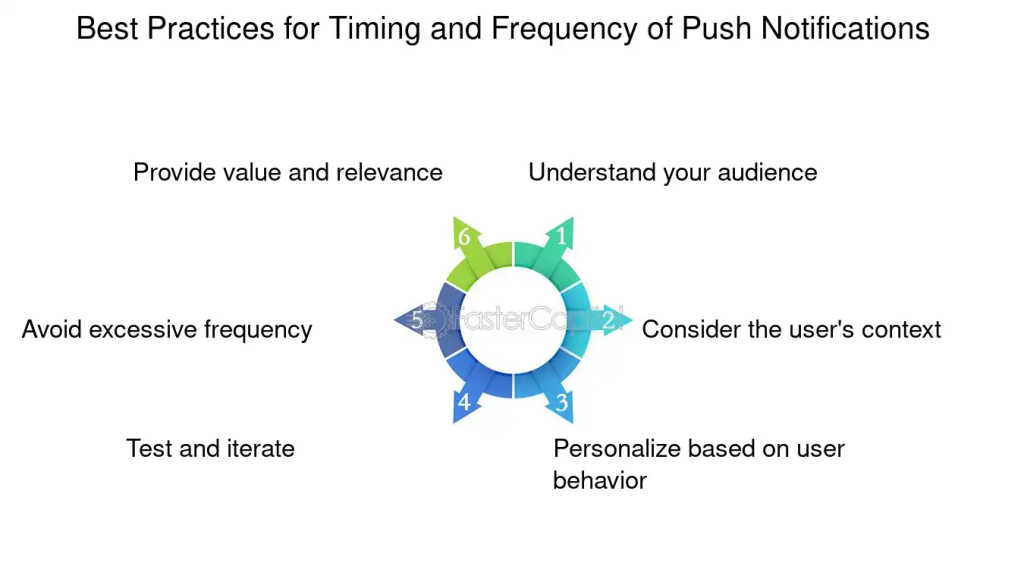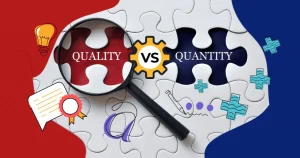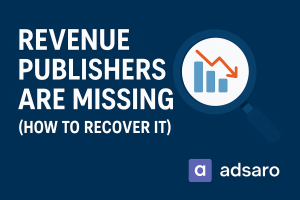Push Ads, also known as push notifications or push advertisements, are a form of online advertising that delivers promotional messages directly to a user’s device (such as a smartphone, tablet, or desktop) even when the user is not actively browsing the advertiser’s website or app. These messages are designed to engage users, drive traffic, and increase conversions by appearing in a non-intrusive manner at the top or bottom of the device screen.
CLICK HERE to learn how to create and optimize a effective push ad campaign in Adsaro.
Types of Push Ads

a. Web Push Notifications:
Description: Delivered through web browsers to users who have opted in to receive notifications. These can be sent even when the user is not on the website.
Best For: E-commerce promotions, content updates, and news alerts.
b. Mobile App Push Notifications:
Description: Sent through mobile apps to users who have installed the app and agreed to receive notifications.
Best For: App engagement, updates, reminders, and promotions.
c. In-Browser Push Notifications:
Description: Appear while the user is browsing, often initiated by a website prompt to allow notifications.
Best For: Immediate engagement, updates, and re-engagement strategies.
Benefits of Push Ads

a. Direct Engagement:
Push ads appear directly on the user’s device, ensuring high visibility and immediate engagement.
b. Real-Time Communication:
Allows for real-time communication with users, making it effective for time-sensitive messages and promotions.
c. High Conversion Rates:
Push notifications often have higher open and click-through rates compared to other forms of digital marketing.
d. Personalized Messaging:
Can be tailored to individual user preferences and behaviors, increasing relevance and engagement.
e. Cost-Effective:
Generally lower cost compared to other advertising methods while delivering high engagement.
Drawbacks of Push Ads
a. User Annoyance:
If overused or irrelevant, push ads can annoy users, leading to unsubscriptions or app deletions.
b. Opt-In Requirement:
Users must opt-in to receive push notifications, which can limit the reach compared to other advertising methods.
c. Limited Content:
Push notifications are typically short and may not convey complex messages effectively.
d. Technical Challenges:
Requires technical setup and maintenance to ensure notifications are delivered correctly and are compliant with privacy regulations.
Best Practices for Using Push Ads

a. Obtain User Consent:
Always ask for user permission before sending push notifications. Clearly explain the value they will receive by opting in.
b. Segment Your Audience:
Segment your audience based on behavior, preferences, and demographics to send targeted and relevant messages.
c. Personalize Messages:
Use personalization to make notifications more relevant. Address users by name and tailor content based on their past interactions.
d. Optimize Timing:
Send notifications at optimal times when users are most likely to engage. Avoid sending too many notifications in a short period.
e. Clear and Compelling Content:
Keep messages short, clear, and compelling. Use strong calls-to-action (CTAs) to prompt immediate user action.
f. A/B Testing:
Test different messages, timing, and frequency to find the most effective strategies. Use data to continuously optimize your approach.
g. Monitor Performance:
Use analytics tools to track the performance of your push notifications. Monitor open rates, click-through rates, and conversion rates to assess effectiveness.
h. Compliance with Regulations:
Ensure compliance with privacy regulations like GDPR and CCPA. Provide users with easy options to opt-out if they no longer wish to receive notifications.
Conclusion
Push ads are a powerful tool for engaging users directly on their devices, offering real-time communication, high visibility, and strong conversion potential. To maximize their effectiveness, it is crucial to obtain user consent, personalize messages, optimize timing, and continuously monitor performance. When used correctly, push notifications can significantly enhance your digital marketing strategy and drive meaningful user engagement.








[…] gaming industry continues to grow exponentially, and in-game ads are emerging as a powerful way for brands to reach…